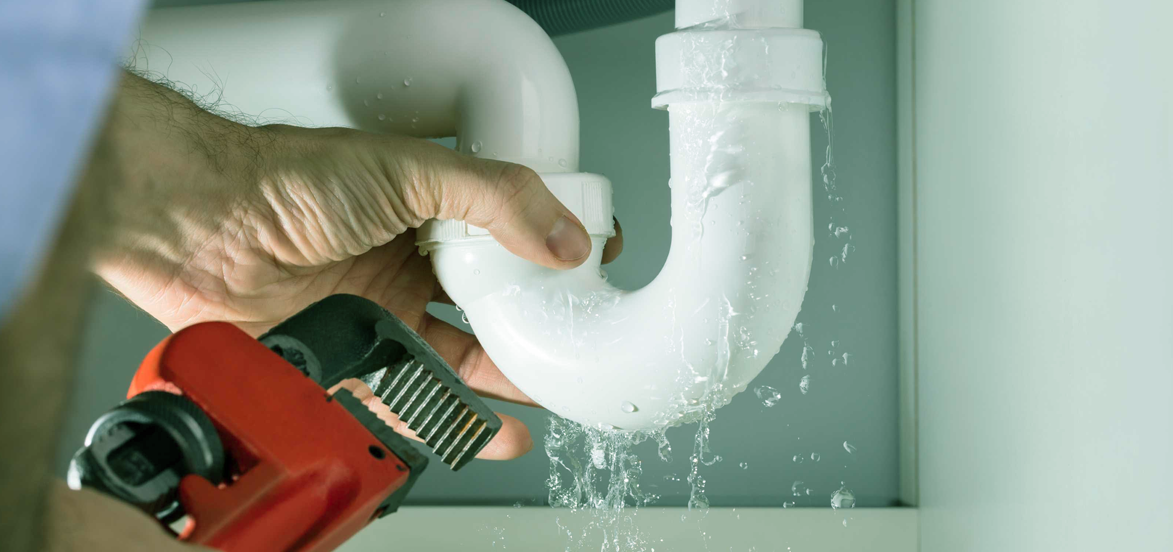6 Ways to Locate Hidden Water Leaks in Your Home
6 Ways to Locate Hidden Water Leaks in Your Home
Blog Article
Listed here down the page you can locate additional high-quality insight when it comes to Leaking water lines.

The moment you locate a leakage, calling your plumber for repair work is the most effective option. However, some small water leakages may not be visible. If you can not find it with your naked eyes, right here are some hacks that aid.
Early discovery of leaking water lines can alleviate a prospective disaster. Besides conserving you money, it will certainly minimize the irritation and also frustration.
Inspect Water Consumption
Assess your water expenses and track your water usage. As the one paying it, you must see if there are any type of discrepancies. If you spot sudden changes, despite your consumption coinciding, it suggests that you have leaks in your plumbing system. Remember, your water expense need to fall under the exact same range every month. An abrupt spike in your expense shows a fast-moving leak.
At the same time, a consistent rise each month, even with the same habits, reveals you have a slow-moving leak that's also gradually escalating. Call a plumber to extensively inspect your home, especially if you feel a cozy area on your flooring with piping beneath.
Analyze the situation and evaluate
Homeowners should make it a behavior to check under the sink counters and also even inside cabinets for any kind of bad odor or mold growth. These two warnings indicate a leak so punctual attention is required. Doing regular examinations, even bi-annually, can save you from a major trouble.
Take A Look At the Water Meter
Inspecting it is a guaranteed way that aids you discover leakages. If it relocates, that suggests a fast-moving leakage. This suggests you may have a sluggish leakage that can also be below ground.
Asses Exterior Lines
Don't forget to examine your outdoor water lines too. Needs to water leak out of the connection, you have a loose rubber gasket. One tiny leak can lose loads of water and increase your water expense.
Do a Food Coloring Test
When it concerns water consumption, 30% comes from toilets. Test to see if they are running effectively. Decline specks of food color in the tank and wait 10 mins. If the shade in some way infiltrates your dish throughout that time without flushing, there's a leakage between the tank and also dish.
Examine for stainings as well as damaging as a lot of devices and pipelines have a life span. If you presume leaking water lines in your plumbing system, don't wait for it to escalate.
The moment you locate a leakage, calling your plumber for repairs is the best solution. Some little water leaks might not be noticeable. Examining it is a guaranteed means that helps you discover leakages. One tiny leak can throw away heaps of water and also increase your water expense.
If you believe leaking water lines in your plumbing system, do not wait for it to escalate.
How to Know If Your Home Has a Hidden Leak
Water Meter Reveals Inexplicable Water Usage
If you’d like to test whether or not there’s a leak somewhere in your home, you can do this using your water meter. Here is how to conduct the test:
Don’t use any water in your home for at least 30 minutes; this also means not turning on faucets or water-using appliances.
Go outside, and check your water meter for activity.
If your water meter shows that there was activity, even though no one was using any water, this proves that there is a leak in your home.Visible Mold or Mildew Growth
Leaks behind walls create moist, dark environments that allow mold and mildew to grow and thrive. Eventually, you might see mold growth forming on the wall closest to a hidden leak.
If mold is growing in an area that receives a high amount of moisture, such as a bathroom, it may simply be an indication that better ventilation is needed. However, if you see mold growth on a wall or the ceiling in an area where you would not expect, you probably have a hidden leak.
Musty, Mildew Odor
Sometimes you might not be able to see the mold or mildew that is growing as a result of a leak. However, the smell can give the problem away just as easily. If you catch a whiff of something musty, there’s a good chance that old water is collecting somewhere in your home that you can’t see.
Stained/Warped Walls, Ceilings, or Floors
When your home soaks up water, a variety of red flags can become visible, including ceiling stains, bubbling drywall, warped walls, and sagging floors. While these issues can be caused by excess humidity, they can also be signs that a pipe or plumbing connection has started leaking behind your walls.
Inexplicably High Water Bill
After a while, you get a general sense for what your water bill should be. If you own a pool or sprinkler system, your bill will tend to be higher during summer. However, if you receive a water bill that seems especially high, and you can’t figure out what caused it, then you may have a hidden leak somewhere that’s increasing your bill.
https://www.plumbingjoint.com/blog/2019/july/how-to-know-if-your-home-has-a-hidden-leak/

We hope you enjoyed our piece about Finding hidden leaks. Thanks so much for taking time to read through our blog. Remember to take a moment to share this blog if you liked it. We cherish reading our article about Locating water leaks.
Report this page